The Kimono Through Time || Everything You Need to Know about this Japanese Icon
From Kimono to Couture: The Evolution of Japanese Fashion PLUS Modern Japanese Street Fashion

No matter how familiar you are with Japanese culture, you’ve probably heard of the Kimono.
Kimono: 着物 (きもの)
But how much do you know about its history and influence in modern Japan?
Japanese fashion has a rich and diverse history that has undergone significant transformations over the years.
👉 In this post we’ll look into the fascinating journey of Japanese fashion, tracing its roots in traditional garments like the kimono AND exploring some more modern trends.
Let’s dive in!
Japanese Kimono || A Brief History
Japanese Kimono || Western Influence
Japanese Kimono || Kimono in Modern Times
Japanese Kimono || The New Wave of Japanese Couture
Japanese Kimono || Modern Street Fashion
Japanese Kimono || Kimono Rental Services in Japan
Japanese Kimono || FAQs
Japanese Kimono || A Brief History
The kimono is a symbol of Japanese culture which has a history dating back centuries and is worn by both men and women.
Emerging during the Japanese Heian Period (794-1185), where the kimono was typically worn as a simple garment, the kimono evolved over time. It became a highly stylised and symbolic piece of clothing.
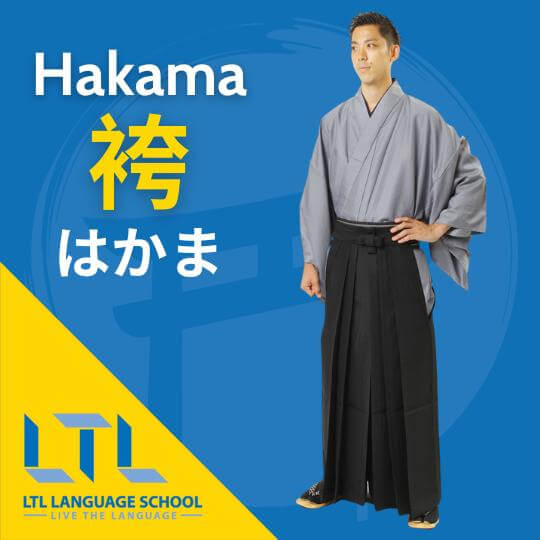
With intricate designs and luxurious fabrics which reflected social status, each element, from the sleeves to the obi (sash), held cultural significance.
At first paired with the Chinese-influenced hakama, a long loose divided skirt, or a specific apron called a mo, this style evolved.
Over time, it became trendy to wear the kimono-style garment without the hakama.
So, wearers had to come up with a new method to secure the robe, leading to the creation of the obi, the wide sash worn around the waist.
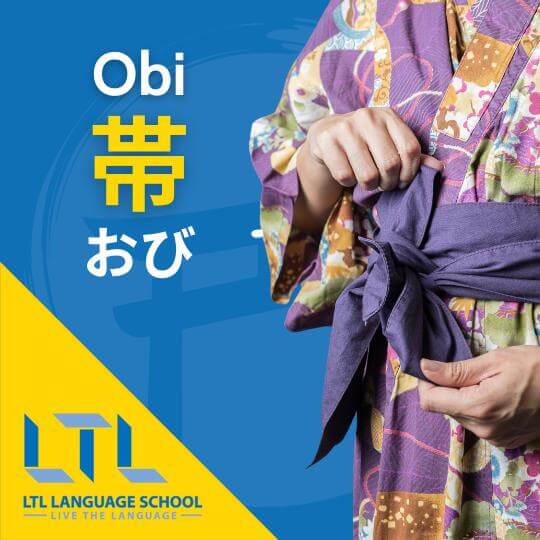
During the Kamakura Period (1185-1333), the kimono gradually transitioned into a popular choice for everyday wear, and layering garments became trendy.
This era marked the beginning of experimenting with traditional Japanese colour combinations, which were influenced by seasons, gender, and occasionally, political and familial affiliations.
The Edo Period (1603-1868) bore testament to the refinement of the art of kimono-making into a specialised craft. Some kimonos evolved into veritable works of art, reaching a level of intricacy that surpassed the value of a family home.
The practice of preserving kimonos as heirlooms passed down through generations, became a cultural norm during this period.
Kimonos gained popularity for their versatility, offering adaptability for various reasons. They could be effortlessly layered or adjusted to accommodate different seasons.
During the autumn and winter, individuals could opt for the warmth of heavy silk kimonos, whereas the lighter linen and cotton version, known as a yukata, became a suitable choice for the summer.
The yukata remains a popular attire, frequently worn during seasonal summer festivals and mesmerising fireworks displays, known as miyabi.
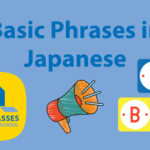
Basic Phrases in Japanese // Learn 32 Essential Phrases (With Flashcards & FREE Quiz)
Basic Phrases in Japanese // Learn these phrases to make your first steps when learning Japanese. We teach you how to get by when speaking basic Japanese.
Japanese Kimonos || Western Influence
In the late nineteenth century, the Meiji Restoration (1868) marked a turning point for Japan as it opened its doors to the West.
Driven by Matthew C. Perry, the Convention of Kanagawa in 1854 opened Japan’s borders, allowing for a greater presence of Western fashion influences.
This era of modernisation brought about significant changes in fashion. Western-style clothing began to influence Japanese attire, leading to the incorporation of new fabrics, tailoring techniques, and silhouettes.
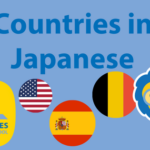
27 Country Names in Japanese 🌍 Your Complete Guide
Countries in Japanese – Interested in learning some country names in Japanese? Some actually translate and sound very similar to English, come and see!
Japanese Kimono || Kimono in Modern Times
While the kimono has retained its cultural significance, its role in everyday wear has lessened. However, it has found new life as a symbol of tradition in ceremonies, festivals, and formal occasions.
Weddings, tea ceremonies, graduations, and coming-of-age ceremonies often see individuals donning kimonos to honor tradition and express a sense of formality.
What’s more, contemporary designers have reinterpreted the kimono, blending traditional elements with modern aesthetics to create unique and stylish pieces.
BONUS Check out why traditional clothes are making a big comeback in China
Japanese Kimono || The New Wave of Japanese Couture
The post-war period saw a rapid modernisation of Japanese society, including its fashion industry.
Designers like Issey Miyake, Rei Kawakubo — the founder of Comme des Garçons — and Yohji Yamamoto emerged, challenging conventional notions of fashion. For example, Issey Miyake’s technology-driven clothing is a clever blend of Western and Eastern styles.
- Issey Miyake
- Issey Miyake is known for innovative designs that often incorporate technology and functionality, redefining the boundaries of fashion.
- Rei Kawakubo
- Rei Kawakubo’s creations are characterised by intuitive modes of expression inspired by the Zen Buddhist aesthetic principle known as wabi-sabi, embracing imperfection and transience.
- Yohji Yamamoto
- Yohji Yamamoto is renowned for avant-garde and oversized designs, challenging conventional fashion norms with a focus on asymmetry and dark, monochromatic colour palettes.
Their avant-garde designs gained international acclaim, showcasing a blend of innovation, craftsmanship, and Japanese cultural influences.
A lot of this innovation paved the way for modern street fashion, which we’ll take a look at next…
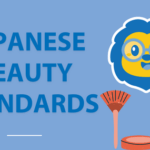
Japanese Beauty Standards || Discover the History and Evolution of Aesthetics
Japanese beauty standards have uniquely evolved throughout history, shaped by a unique combination of traditional cultural values and modern influences.
Japanese Kimono || Modern Street Fashion
The streets of Tokyo have become a global style hub, with diverse subcultures influencing fashion trends.
Harajuku, Shibuya, and other districts are known for their vibrant street fashion scenes, where individual expression is celebrated.

In Japan, the surge of youth culture throughout the 1970s and the 1980s might be responsible for the creation of cutting-edge styles and trends.
Harajuku street style itself emerged in the 1980s. Today, some popular styles are:
- Lolita
- Cosplay
- Decora
- Goth
- Ko-gyaru
This eclectic mix of styles often fuses traditional Japanese elements with global trends, creating a distinctive and ever-changing fashion landscape.
Do you prefer traditional or modern Japanese fashion? Let us know in the comments section!
Japanese Kimono || Rental Services in Japan
The rise of kimono rental shops in Japan shows there’s a growing interest among people in rediscovering this timeless garment, traditionally reserved for formal occasions like weddings.
A new wave of young designers, reimagining traditional styles and patterns, is contributing to the belief among the kimono enthusiasts that it can also find a place in our daily wardrobe.
We’ve done some searching and these are our favourite places to find kimono rental services in Japan:
And there you have it – everything you need to know about the kimono and Japanese fashion has since evolved!
As designers continue to push boundaries and redefine norms, the future promises even more exciting developments in the world of Japanese fashion. Keep your eyes on the fashion radar!
Want to carry on the conversation in Japanese? Check out our Flexi Classes to improve your Japanese language skills today!
Japanese Kimono || FAQs
What is a kimono?
A kimono is a traditional Japanese garment known for its T-shaped, straight-line silhouette and vibrant patterns. Kimonos are wrapped around the body and secured with an obi (sash).
It is often worn for special occasions and ceremonies, showcasing the rich cultural heritage of Japan.
What occasions are suitable for wearing a kimono?
Kimonos are often worn on special occasions such as weddings, tea ceremonies, and festivals.
What accessories are typically worn with a kimono?
Traditional accessories include geta (wooden sandals), tabi socks, and various hair ornaments. The choice of accessories depends on the formality of the occasion and the style of the kimono
Can kimonos be worn as everyday clothing, or are they reserved for special events?
While kimonos are often associated with special events, there are casual and modern adaptations suitable for everyday wear.
Some people incorporate elements of kimono fashion into their daily outfits for a unique look and some people just want to get a more authentic experience of Japanese culture!
What is kimono in Japanese?
In Japanese, kimono is 着物 (きもの) which literally translates into ‘thing to wear’!
Want More From LTL?
WANT TO LEARN JAPANESE? Check out our online Japanese courses here.
We offer a 7-day free trial to all new students where you can study 24/7.
What about studying Japanese in Japan instead? We’ve got your back. Our Japanese courses in Tokyo can either be taken in small groups of no more than 5 students or individually for a more tailored experience.
We even offer incredible homestay experiences in Tokyo as well.
Come and be a part of this amazing community.








